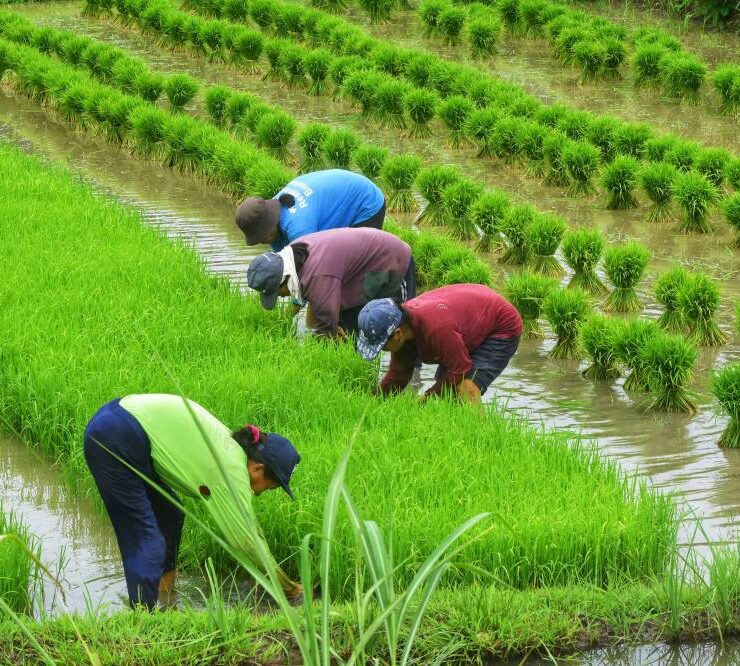Government sticks to yearly three-month fishing ban

The government is sticking to the yearly implementation of the temporary fishing ban in major fishing grounds in the Philippines amid calls to lift the “closed fishing season.”
In a statement over the weekend, the Department of Agriculture (DA) and the Bureau of Fisheries and Aquatic Resources (BFAR) said this policy aims to replenish fish stocks while securing the country’s food security in the long run.
The three-month fishing ban is implemented yearly in key fishing areas to protect target fish species during their peak spawning period and address other concerns such as overfishing and climate change.
Earlier, fishers’ group Pambansang Lakas ng Kilusang Mamamalakaya ng Pilipinas (Pamalakaya) urged the BFAR to “refrain from placing” the country’s major fishing grounds under this measure as it creates an “artificial shortage” of fish resulting in importation.
Excuse to import
“The closed fishing season creates an artificial shortage that justifies the importation of tons of fish. Ultimately, fishers are incurring losses because the value of their catch declines as the market is flooded with imported fish,” the group said.
However, BFAR Executive Director Isidro Velayo Jr. defended this policy, saying that it is backed by scientific studies and local consultations.
“Fish species like sardines, mackerel, and round scad spawn heavily during these months. For instance, (fishing for) sardines in Zamboanga Peninsula peaks from November to February. Protecting spawning areas during this period allows stocks to recover,” Velayo said.
Agriculture Secretary Francisco Tiu Laurel Jr. said this critical conservation measure supports both fisherfolk and consumers by ensuring a sustainable fish production nationwide and any importation during the fishing moratorium is not a replacement for the local industry.
“Importation addresses temporary supply gaps caused by the closed-fishing season or events like typhoons. It complements, not replaces, local fish production to keep prices stable,” Tiu Laurel said.
The DA had authorized the importation of 30,000 metric tons (MT) of frozen small pelagic fish in the fourth quarter of 2024 to plug the projected supply gap during the fishing ban.
Last month, it allowed the importation of an additional 8,280 MT of frozen small pelagic fish for wet markets to alleviate the impact of recent typhoons on domestic supply.
The agency said the government provides fuel subsidies, livelihood programs and aquaculture assistance to support fisherfolk affected by typhoons.





















